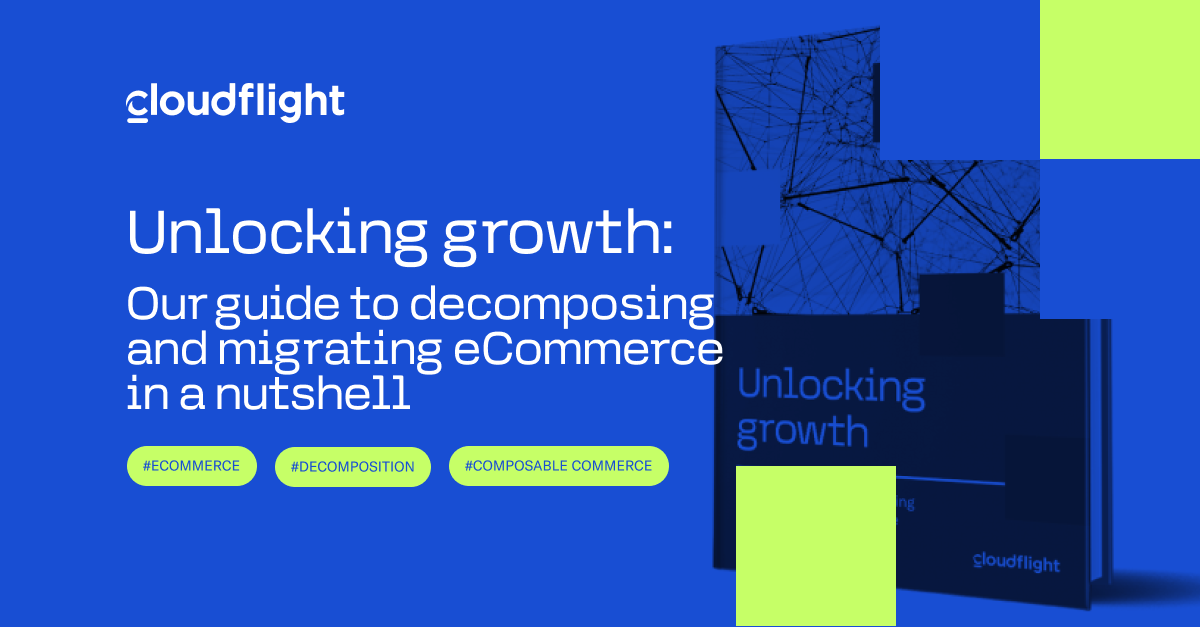Pimcore is one of the most feature-rich product information management (PIM) systems on the market. Its developers keep upping the game with each release, and the latest version, Pimcore 11, is no different. It’s been around for a few weeks now, giving our experts plenty of time to experience first-hand the changes it introduced.
So, is it worth upgrading to Pimcore 11 if you’re running an older version of the system? Here’s our rundown of the most important features that have been added and improved in this release. They’ll benefit both the developers who work on your Pimcore implementation as well as the non-technical users who manage your eCommerce business.
Pimcore 11 in a nutshell
Before we dive deeper into the nuances of Pimcore 11’s features, let’s have a quick overview for those in a hurry. The latest version of the system introduced a number of features and improvements, making it an upgrade that’s definitely worthy of your attention.
Key takeaways for developers
From the developers’ point of view, the upgrades to PHP 8.2 and Symphony 6.2 along with extensive code refactoring are the key changes. They mean a significant reduction in technical debt and an easier time working on the implementation.
Key user-facing features
For the users, the key change will likely be the new “modular” architecture. Instead of a catch-all monolith, the system has now been split up into a lean core that contains all the essentials. The more specialized features are now available as optional extensions. You can also take advantage of a newly implemented PDF generator and a more flexible what-you-see-is-what-you-get (WYSIWYG) editor.
Now, let’s take a look at those new features in more detail.
Developer-oriented improvements
Our experts see Pimcore 11 as a primarily developer-centered release. It introduced a number of refactorings, package version bumps, and a number of other smaller improvements that reduce the system’s technical debt and make it easier to work on. Here are the most important ones.
1. Package version bumps
PHP 8.2
Pimcore 11 is fully compatible with PHP 8.2, the latest version of the language. On top of improving the overall code quality, it introduces a number of new useful features, such as readonly classes, a new random extension, and sensitive parameter redaction support.
Symfony 6.2
Symfony 6.2 is the other major package bump introduced in Pimcore 11. Notably, it improves lazy-loading of objects and introduces built-in attributes to configure cache, security, templates, and Doctrine. But those advancements pale in comparison with inarguably the biggest improvement brought by the release: improved emoji support. 🥳🥳🥳
2. Refactoring to reduce technical debt
With the latest release, the Pimcore team worked on refactoring the key areas of the code. The developers:
- deleted obsolete features, implementations, and backward compatibilities to cut down on the volume of code.
- reworked implementations connected with newly upgraded frameworks, such as Symfony, and removed those that were no longer needed.
- updated the structure of the core bundles to reflect the current best practices and conventions.
User-facing changes
While the bulk of improvements added in Pimcore 11 benefit developers, there are still a few aspects that will be valuable to non-technical users of the system. Here are the noteworthy changes that can impact the way your eCommerce managers will use Pimcore in their day-to-day tasks.
3. Leaner core
In the latest release, Pimcore’s developers separated less frequently used features into distinct bundles. The main engine with the essential features is now lighter, which improves its performance and makes it easier to work with. It doesn’t mean you’re losing any functionalities, though. You can pick and choose the ones you need and easily add them as bundles.
You can compare this new architecture to the composable commerce approach. What used to be a monolithic catch-all system can now be precisely tuned to your needs. Hardly anyone uses the entire robust set of features that Pimcore offers, so why should they take precious space when not needed?
4. Custom document and asset types
The new version of Pimcore makes it possible to implement custom types of assets and documents through extensions. While the natively supported formats are more than enough for a large majority of stores, this could be a game-changer in some cases. For instance, you’ll now be able to play with asset types related to 3D models, which opens up new possibilities for visualizing your products in a more engaging way.
5. WYSIWYG editor flexibility
Pimcore 11 implemented TinyMCE as the default WYSIWYG editor. It’s a capable and popular solution that should answer all your text editing needs. However, if you prefer another system, you can also freely change it. This is possible thanks to the newly implemented abstraction layer that generalizes the WYSIWYG editor’s functionality. In simple terms, this means that you can now seamlessly plug in your preferred editors through extensions.
Source: Pimcore 11 live demo
6. PDF generator
The implementation of Gotenberg is another new feature introduced with Pimcore 11. Gotenberg is an API-based microservice dedicated to generating PDFs out of various types of documents and databases.
Thanks to this integration, you’ll now be able to seamlessly generate PDFs of any information stored within your PIM system, even the entire product catalog, with a single click of a button. This can be useful if you need an up-to-date and well-presented export of your database that you can take offline, such as, for example, for the purpose of trade shows.
Source: Pimcore 11 live demo
7. Security improvements
Pimcore 11 introduced Content Security Policy (CSP) as the default setting for the back-end interface. CSP is a HyperText Markup Language (HTML) header that instructs the browser to regulate the loading of content from unauthorized sources. If any content violates the policy, the browser takes appropriate actions, like, for example, blocking it from loading or executing. You can, of course, set up a whitelist of trusted sources for various types of content, such as scripts, stylesheets, images, fonts, and frames.
This helps prevent specific types of attacks, such as cross-site scripting (XSS) and data injection attacks, leading to improvements in platform security and minimizing the risk of data breaches. Fingers crossed you’ll never have to appreciate this addition with your Pimcore 11 implementation.
Should you upgrade to Pimcore 11?
Based on our experts’ early experiences with Pimcore 11, the new release seems to be primarily about improving the experiences of developers who work on implementing the system. The code is now leaner and structured according to current best practices, which makes the development process smoother and more rewarding. This is a convincing argument in favor of making the upgrade.
Things are less clear when it comes to the improvements that affect non-technical users. Even though the list of those changes is significant, the new features themselves aren’t huge. They’re more about incremental changes rather than leaps forward. However, that’s not the whole story here. The upgrade from Pimcore 10 to 11 might be marginal in terms of user-centric features, but that’s not the reality of many implementations. They wouldn’t be upgrading from Pimcore 10 but rather from Pimcore 5 or 6, which are still very popular in the eCommerce market.
This changes the conversation entirely. There have been many powerful features introduced during this time to the point of nearly making it a completely different product. If you’re in such a situation, the upgrade should really be a no-brainer because outdated versions can be highly limiting in terms of features and performance. Depending on your implementation, the upgrade can be a very quick, simple project, so don’t hesitate to get in touch, and let’s talk about the possibilities.
Published August 8, 2023











